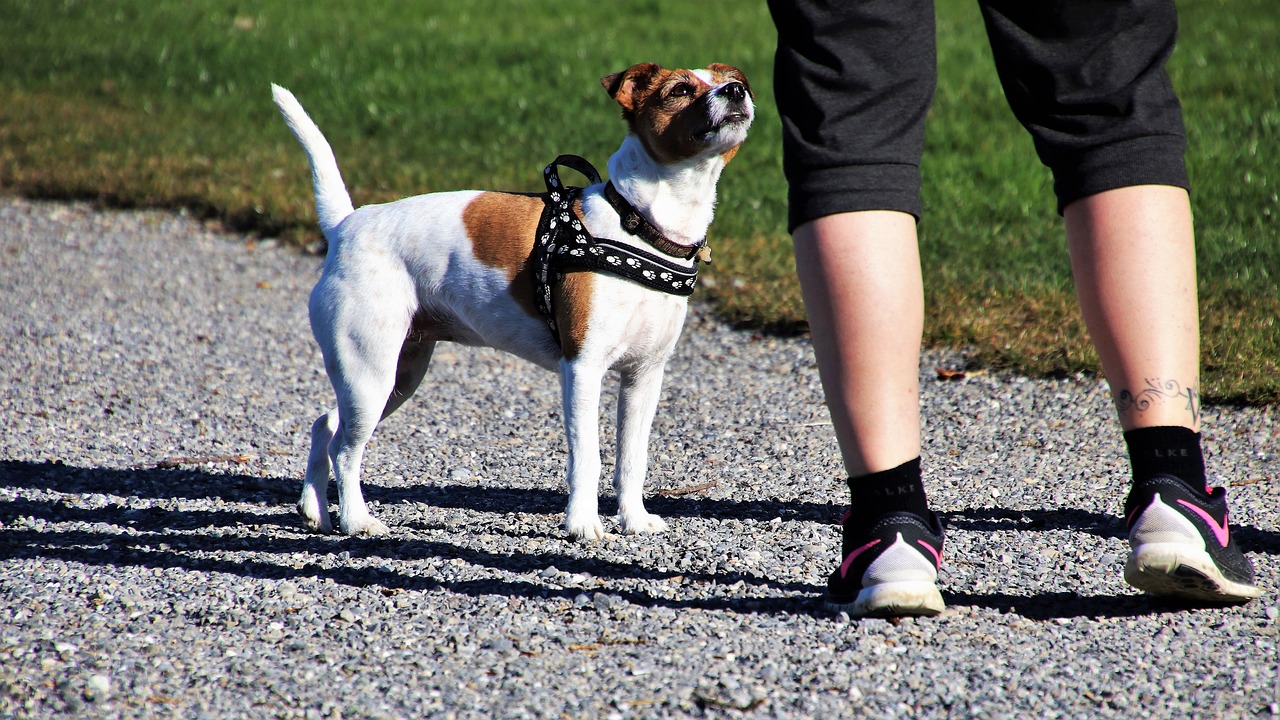
4 earthing myths debunked
Earthing, also known as grounding, is a practice that involves connecting with the Earth’s natural energy by walking barefoot outdoors or using special conductive devices. Proponents claim that earthing offers numerous health benefits, but like any popular trend, it has also attracted its fair share of myths and misconceptions. In this article, we aim to shed light on the subject by debunking four common earthing myths. By separating fact from fiction, we hope to provide a clearer understanding of what earthing truly entails and whether the claims surrounding it are supported by scientific evidence. Let’s dive in and explore the truth behind these myths.
4 earthing myths debunked

1. Myth 1: Grounding requires special equipment
Reality:
Grounding is like a free-of-cost therapy to your body from mother nature. Grounding techniques are quite effortless and can be practiced on any of the earth’s surfaces, including grass, sand, mud, water, and even concrete. All you are required to do is make your skin come in direct contact with the earth by walking barefoot, submersing feet into the water, hugging a tree, or simply lying down on the grass. Grounding equipment is required when the person is not able to practice grounding outside due to his/her busy schedule or environmental circumstances. Only in such cases tools and equipment like grounding mats, bed sheets, shoes, and blankets are used.
2. Myth 2: Grounding fails to offer health benefits
Reality:
Research paper, The effects of grounding (earthing) on inflammation, the immune response, wound healing, and prevention and treatment of chronic inflammatory and autoimmune diseases, by James L Oschman, Gaetan Chevalier, and Richard Brown has proven that wounds heal much faster when the body is grounded. Cardinal signs of inflammation are reduced or eliminated. It was also noted through their studies that wounds healed in a different manner when the body is grounded.
Another research paper, Integrative and lifestyle medicine strategies should include Earthing (grounding): Review of research evidence and clinical observations by Wendy Menigoz, Tracy T Latz, Robin A. Ely, Cimone Kamei, Gregory Melvin, and Drew Sinatra, states that medical health experts should introduce grounding in their clinics where they can ground patients. In their study, they have proven that grounding has healing properties and has great potential to treat common health disorders.
3. Myth 3: Grounding does not treat mental health disorders
Reality:
The article, Grounding for Anxiety: Evidence-based practice and practice-based evidence, throws light on the usage of grounding techniques on patients suffering from acute and chronic anxiety. The author suggests practicing techniques like deep breathing, body scanning, and mindfulness exercises for anxiety and stress. Additionally, researchers are studying more about the advantages of grounding for conditions including anxiety, depression, and stress. Because the strategies depend on being present and the body’s physiological benefits returning to a more normalized state of homeostasis, grounding can also aid in controlling these diseases.
4. Myth 4: Grounding takes time to show results
Reality:
The results of grounding might immediately show up after one or two sessions for someone who is simply practicing it for a boost of energy or to regulate their mental health. However, the results can differ from person to person. Grounding for merely 20-30 minutes a day can be quite sufficient. Since each and every body is distinctive, there is no standard time frame for when grounding will be effective. A person with a chronic disease could need more time to see noticeable results.
Conclusion
In conclusion, the practice of earthing, or grounding, has attracted myths and misconceptions. However, debunking these myths provides a clearer understanding of its nature and benefits. Grounding doesn’t require special equipment; it can be as simple as connecting with the Earth’s surface. Scientific research confirms its positive impact, including accelerated wound healing and potential treatment for inflammatory and autoimmune diseases. Grounding techniques also show promise for mental health disorders like anxiety and stress. Results may vary, but even a short daily practice can be beneficial. By dispelling these myths, we can make informed decisions about incorporating earthing into our lives as a natural health-supporting practice.



